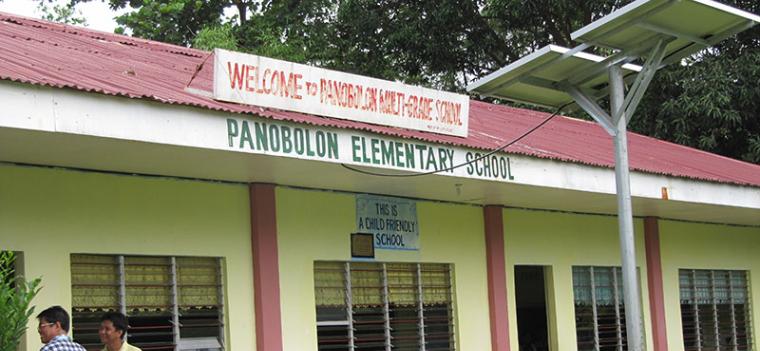News
- Over the past decade, the Philippines has successfully implemented sweeping energy sector reforms and almost entirely privatized the sector to stimulate competition. Despite these efforts, electricity prices remain high and many poor households are still not connected to the grid.
- Aiming to electrify 90% of households by 2017, the Government plans to scale up the use of renewable energy sources and integrate them into the existing power supply system. Two World Bank projects are helping to do that and enable the country to boost growth and reduce greenhouse gas emissions.
- ESMAP support laid the groundwork for these two projects by addressing challenges related to renewable energy, and developing the policy needed to connect variable renewable energy to the grid in a sustainable way.
The Philippines’ energy sector has experienced more than two decades of significant change. As a consequence of a major supply crisis in the 1980s and 1990s, the sector was almost entirely privatized to promote competition and boost growth. Despite these strides, however, annual per capita electricity consumption is low by middle-income country standards and prices are extremely high by regional standards. Half of the country’s households, and many businesses, are served by 120 rural electric cooperatives. The remaining unconnected households tend to be remote, dispersed, and poor, making it costly and difficult to get electricity to them.
The Government has outlined a comprehensive strategy to push through the remaining reforms with the aim of electrifying 90% of households by 2017. One of the ways to achieve this is by scaling up the use of renewable energy and incorporating it into the energy mix. In 2008, the Government passed the Renewable Energy Act to accelerate the development of renewable energy sources, including biomass, solar, wind, and geothermal, in on-grid and off-grid systems.
In this context, the Government has requested assistance by the World Bank through two projects: i) the US$23 million grant from the Commission of European Communities and Global Partnership On Output-Based Aid for the Access to Sustainable Energy Project (ASEP), which is designed to help bring solar power to remote communities and islands not connected to the main grids managed by the electric cooperatives; and ii) the US$44 million guarantee under thePhilippines Renewable Energy Project (PhRED), funded by the Clean Technology Fund,which will help reduce the risks of commercial lending to the cooperatives, allowing them to expand their electricity network, invest in renewable energy, and increase access for poor households.
The World Bank’s Energy Sector Management Assistance Program (ESMAP) has informed these investments by providing key inputs to the Philippines as it implemented its Renewable Energy Act.
In preparation for the ASEP, ESMAP’s Asia Sustainable and Alternative Energy Program( ASTAE) provided a US$760,000 grant to assess the potential for solar home systems, with electric cooperatives as the service providers. If feasible, these systems could bring electricity to as many as one million households currently unserved based on their remote locations. The Government also focused on restructuring the electric cooperatives to respond to the new challenges. ASTAE support worked to strengthen the capacity of these cooperatives to become trusted service providers by advancing a set of key regulatory topics that allowed for the needed policy, regulatory, and financing framework around their operation.
As with other countries, the concern in the Philippines is that high levels of renewable energy could cause additional complexities due to its variable nature. Developing appropriate grid codes to provide the rules for the system and market operation is essential to ensuring operational stability, security of supply, and well-functioning markets.
ESMAP’s technical assistance supported crucial amendments to the transmission and distribution grid codes to facilitate the integration of VRE, laying the basis for the World Bank PhRED project; generated and disseminated new knowledge on how to operate large amounts of VRE in an existing system; and published a report and guide on managing VRE issues presented to key stakeholders during a workshop in Manila in 2013.
Together, these activities will allow the Philippines to achieve its long-term energy goals while strengthening the sector, boosting economic growth, and helping to reduce emissions of greenhouse gases that contribute to climate change.
Learn more about the ESMAP Renewable Energy Program
